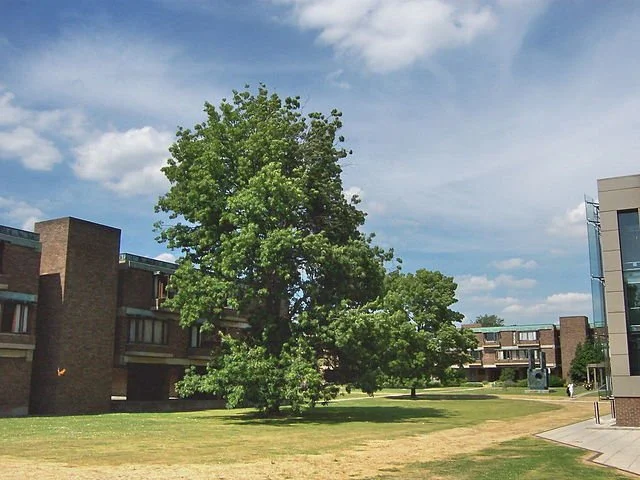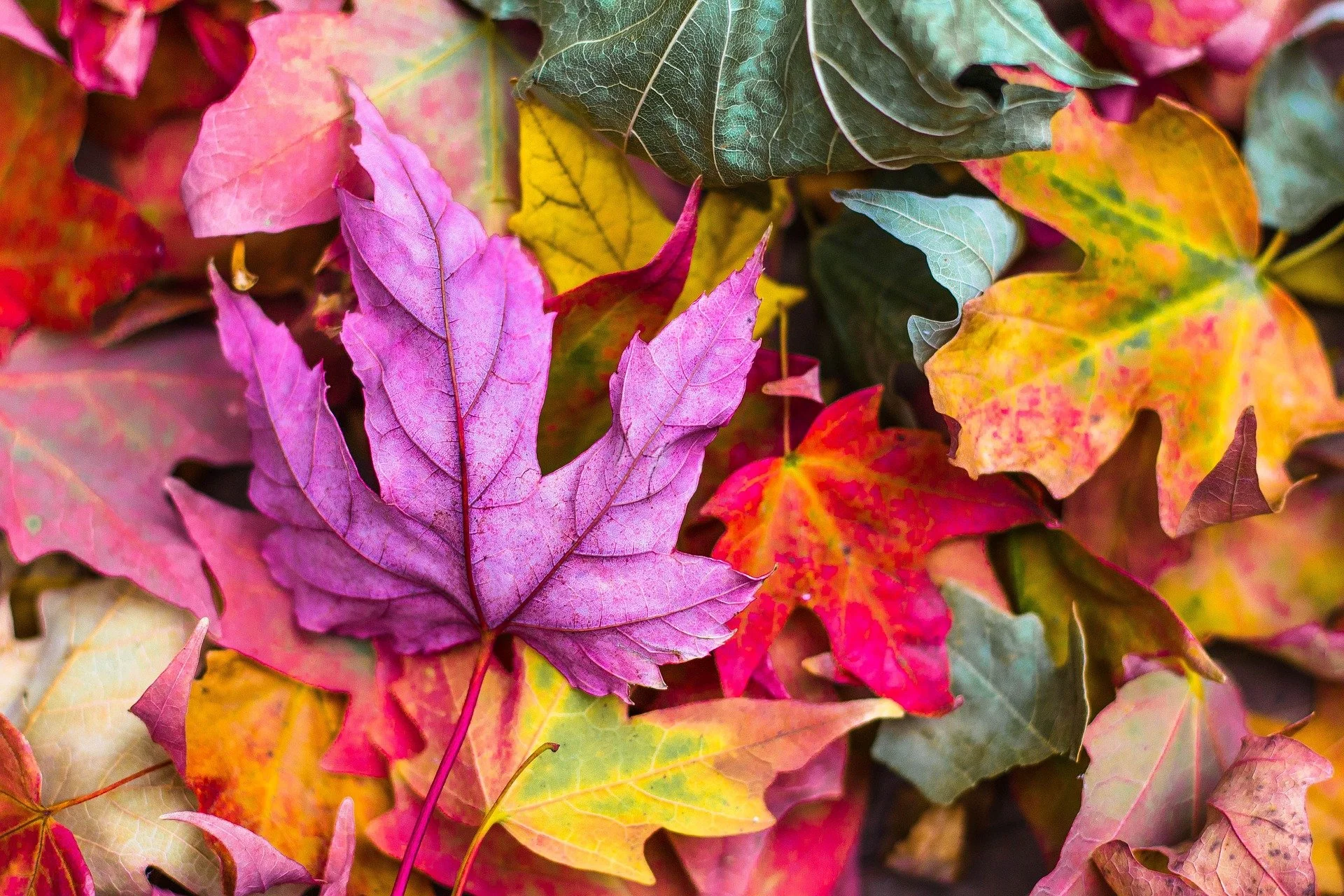Two Birds with One Stone - New Leaves
New leaves. (Image credits: pixabay.)
Columnist Pippa Mentzel explores the brilliant and bizarre linguistic phenomena of idioms to uncover what they show us about our cultural heritage and how our imaginative human mind revels in describing the world around us. In the first instalment, Pippa talks us through the origins of ‘turning a new leaf’ and discusses a new way to ask after others.
Turn over a new leaf
Churchill College, Cambridge. (Image credits: Wikimedia Commons.)
I sit writing this, in Churchill College, facing a huge oak tree (which I am told was planted by Winston Churchill himself).
This first idiom I thought would be apt for a new year, new term, and new column: turn over a new leaf. According to the Oxford English Dictionary, it means, ‘to adopt a different (now always a better) course of action, conduct, or behaviour’. It could be used in a context such as Henry has decided to turn over a new leaf and start exercising.
In my mind, when I hear this idiom, I picture myself holding a juicy green sycamore leaf, slightly speckled with brown, larger than my hand, and turning it over on its rhubarb-tinged stalk.
However, as I started to research this idiom, I quickly realised that – excuse the tree pun – I had gotten the wrong end of the stick. The ‘leaf’ here refers to the 16th century way of referring to pages of a book. This meaning of the word survives in the Present-Day English leaflet, being a small piece of paper. These ‘leaves’ are also seen more explicitly in the idiom – ‘take a leaf out of someone’s book’. The idea of a blank page symbolising starting over has been in use in the English language since at least the 1500s. The concept of a blank medium, lying wiped clean before us, still survives in idioms today, such as ‘back to the drawing board’ and ‘start with a fresh slate
Such idioms came into common usage through discussions about the tabula rasa – the theory made famous by Aristotle and Locke that the human mind is born without in-built content. It would be interesting to see, in this digital age, how the idiom evolves and whether the image of a page or tree leaf resonates better with people.
In turning over a new leaf this year, I hope to be kinder to myself and others as well as grateful for the little things in life. Perhaps starting with the imposing, yet oddly calm, 60s brickwork standing around me that I am able to call my home.
شلونك Shloonak?
Shloonak? (to a man), shloonik? (to a woman), shloonkum? (to more than one person)
Literally translates as ‘What is your colour?’.
This is perhaps more of a greeting than an idiom, but I think is an intriguing and beautiful question, nonetheless. I found out about this greeting a couple of days ago while talking about talking with a friend who lives in Kuwait.
The question is used in Arabic speaking communities, more specifically regions of Iraq, Syria, and the Gulf, for fairly informally asking how somebody is doing. Rather than replying with a colour, you simply reply with how you are feeling.
I couldn’t find much as to the specific origin of this greeting, but the link between emotions and colours has always been strong across the world. This is shown in many expressions in English such as feeling blue or – my personal favourite – tickled pink. This association between colour and feelings is argued to run deep within our innate psychological processes and how we internalise memories and situations in our daily lives.
When this friend asked me what colour I felt like, I paused for a minute and then replied, a deep, deep green. At that moment, it was dark and late and cosy, and I felt like I was a small animal on a thick moonlit forest floor. The colour submerged me with this profound feeling of security, freedom, and awareness of the life within me and those around me. However, before the moment of being asked, I had not realised or appreciated what a peaceful and harmonious moment I was experiencing.
I often get frustrated with people’s automatic response of fine, thanks when asked how they are feeling, even when it feels like the world is crashing down around them. Nowadays, asking how someone is doing has turned more into a pragmatic function for beginning a conversation than a genuine inquiry. However, it makes such a difference when someone takes the time and turns your response back on you with ‘no, how are you doing really?’.
Colourful leaves. (image credits: pixabay.)
Therefore, I challenge you today to ask someone what colour they are feeling. I promise that you won’t be disappointed, and you never know, it could really make a difference to someone’s day.


